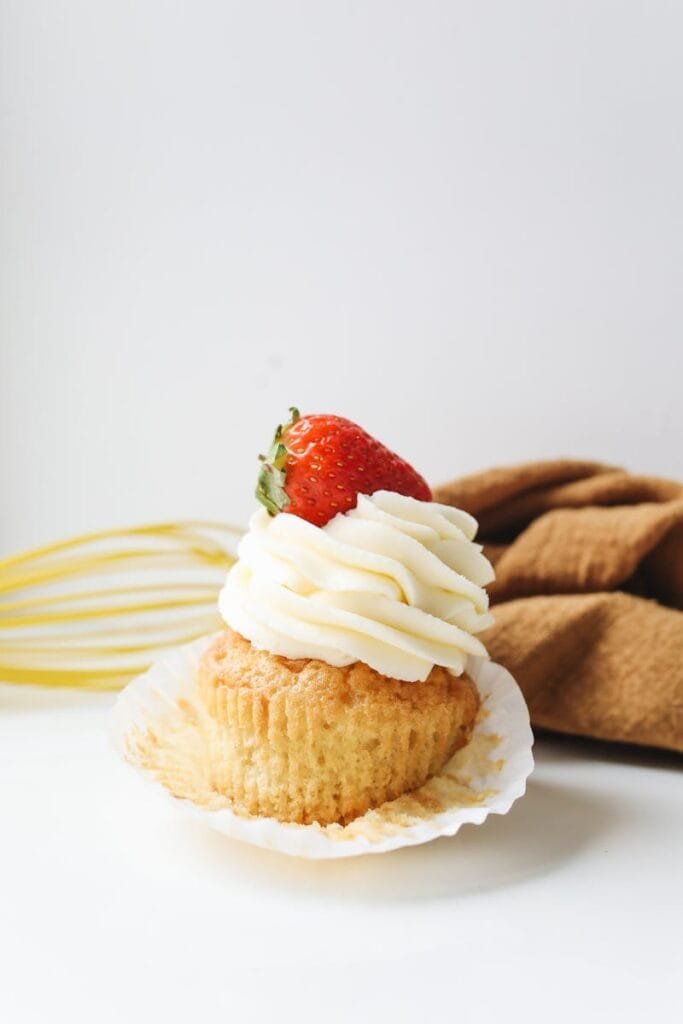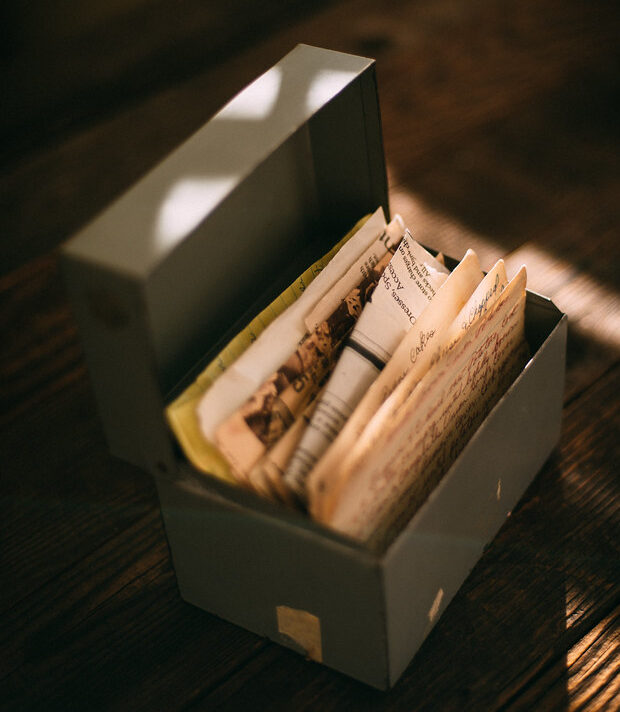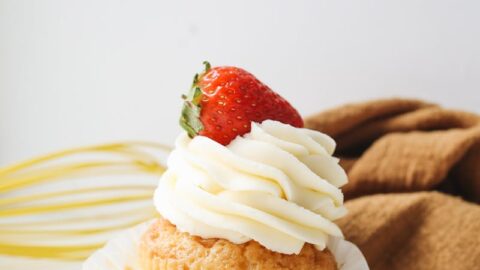Today, we’re diving deep into the world of homemade goodness with a topic near and dear to my heart: vanilla buttercream frosting. Trust me, once you master this creamy delight, your desserts will never be the same again. So, grab your apron and let’s embark on this sweet journey together!
Unveiling the Vanilla Essence
Let’s start by talking about the star of the show: vanilla. Now, I know what you’re thinking—vanilla is just vanilla, right? Wrong! The quality of your vanilla extract or vanilla bean can make all the difference in your frosting. I remember the first time I splurged on a bottle of pure vanilla extract—it was a game-changer. The depth of flavor it added to my frosting was simply unparalleled.
Absolutely, let’s dive deeper into these sections:
The Building Blocks of Bliss: Creating the Perfect Buttercream Frosting Base
Ah, the foundation of any good frosting: the butter, powdered sugar, and a touch of milk or cream. Let’s talk butter first. When it comes to buttercream frosting, the star of the show is, well, the butter! But not just any butter will do. You want to make sure it’s at room temperature—soft enough to whip into a creamy consistency, but not so soft that it’s melted. I’ve learned from experience that if your butter is too cold, you’ll end up with lumps in your frosting that are nearly impossible to beat out. Trust me, it’s worth the wait to let that butter soften properly.
Next up: powdered sugar. This is what gives your frosting that sweet, airy texture. But here’s the thing: don’t dump it all in at once! I made that mistake once, and let’s just say it wasn’t pretty. Instead, add the powdered sugar gradually, incorporating it into the butter a little at a time. This will help prevent lumps and ensure a smooth, velvety frosting that’s perfect for spreading or piping.
And finally, a splash of milk or cream. This is what brings everything together, helping to loosen up the frosting and achieve that perfect consistency. But again, don’t overdo it! Add the milk or cream a teaspoon at a time, mixing well between each addition, until you reach the desired texture. Too much liquid, and your frosting will be too thin to hold its shape. Too little, and it’ll be too stiff to spread or pipe. It’s all about finding that sweet spot (pun intended!).
Patience is Key: Achieving the Perfect Consistency
Ah, patience. It’s a virtue, they say—and nowhere is that more true than in the kitchen. When it comes to making frosting, patience truly is key. So you’ve beat your butter and added your powdered sugar, and now it’s time to mix it all together. But here’s the thing: don’t rush it. I know it’s tempting to crank up the mixer to high speed and get it done as quickly as possible but trust me, that’s a recipe for disaster. Instead, start on low speed and gradually increase to medium-high as the ingredients come together.
And don’t panic if your frosting looks a little lumpy at first. That’s totally normal! Just keep mixing, scraping down the sides of the bowl as needed, until everything is smooth and creamy. It may take a few minutes, but believe me, it’s worth it. There’s nothing quite like the satisfaction of watching those lumps disappear and your frosting transforms into a rich and creamy frosting.
If your frosting is too thick, don’t panic! Just add a splash of milk or cream and keep mixing until it reaches the desired consistency. And if it’s too thin, don’t worry—you can always add a bit more powdered sugar to thicken it up. The key is to go slow, be patient, and trust the process. Your patience will be rewarded with frosting that’s not only delicious but perfectly spreadable and pipeable too.
So there you have it: the building blocks of bliss and the importance of patience in achieving the perfect frosting consistency.
Flavor Adventures: Beyond Basic Vanilla
Sure, classic vanilla buttercream is delicious on its own, but why stop there? Get creative with flavor variations! One of my favorite combos is adding a hint of citrus zest for a refreshing twist. Or, if you’re feeling indulgent, melt some chocolate and fold it into your frosting for a rich, decadent treat. The possibilities are endless, so don’t be afraid to let your imagination run wild!
Let’s Get Decorating!
Okay, confession time: I used to be terrified of piping bags. They always seemed so intimidating, and I was convinced I’d end up with frosting everywhere but where it was supposed to go. But with a bit of practice (and maybe a few mishaps along the way), I’ve come to love decorating with piping bags. From simple swirls to intricate designs, there’s something incredibly satisfying about watching your creations come to life.
Serving Up Sweet Success
Now that you’ve mastered the art of vanilla buttercream frosting, it’s time to put it to good use! Whether you’re frosting a classic chocolate cake, whipping up a batch of sugar cookies, or indulging in some fluffy cupcakes, your homemade frosting is sure to steal the show. So go ahead, get creative, and let your sweet tooth be your guide!
Storing Your Buttercream Frosting
Now that you’ve whipped up a batch of delicious vanilla buttercream frosting—now what? Well, unless you plan on devouring it all in one sitting (no judgment here), you’ll need to know how to store it properly. I like to transfer mine to an airtight container and pop it in the fridge. It’ll keep for a few days, but if you’re not planning on using it right away, you can also freeze it for later. Just be sure to thaw it in the fridge overnight before using it again.
And there you have it, the ins and outs of homemade vanilla buttercream frosting. From quality ingredients to creative flavor variations, we’ve covered it all. So next time you’re in the mood for something sweet, skip the store-bought stuff and whip up a batch of your own. Trust me, your taste buds will thank you! Happy baking!



